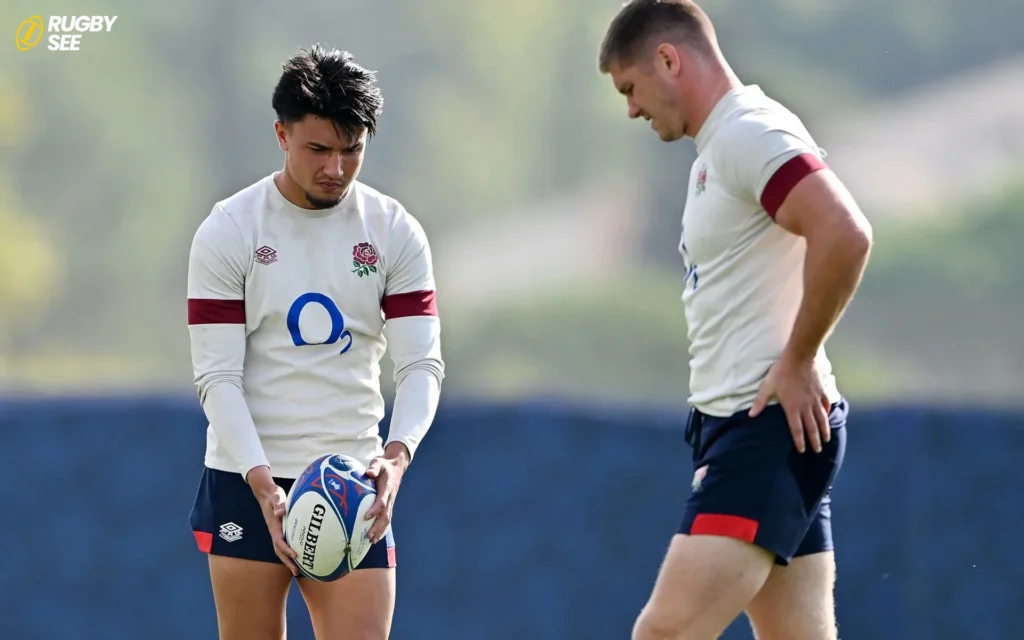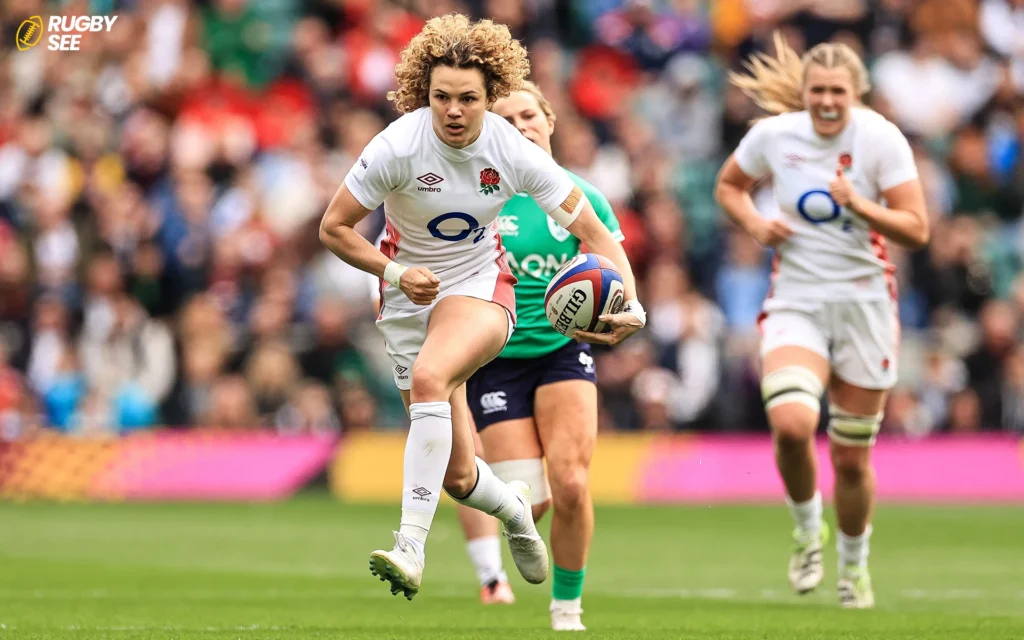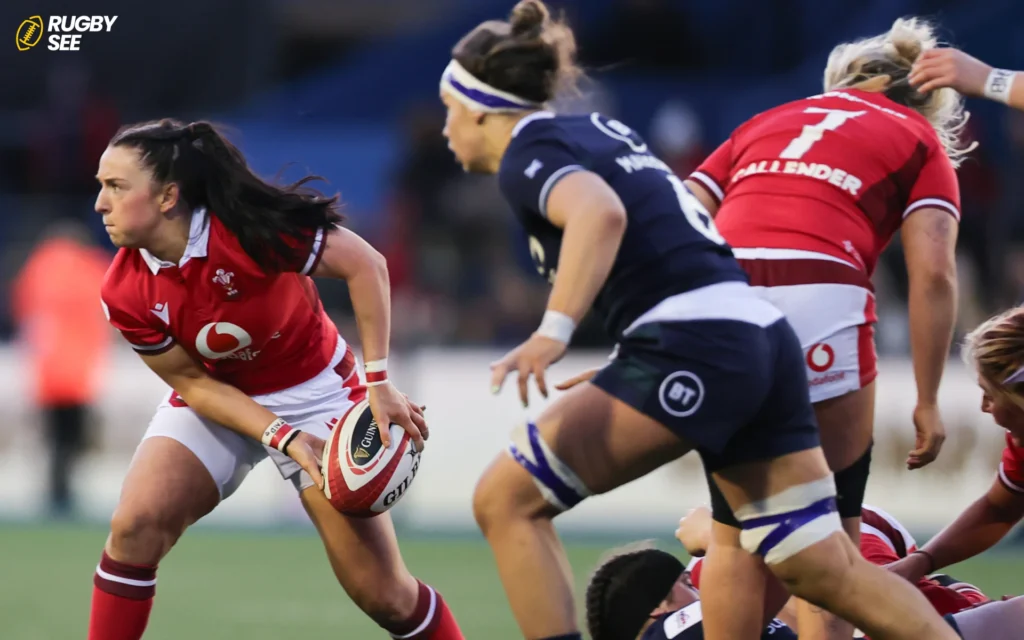Choosing the right rugby cleats is essential for both performance and safety on the field. This guide will help you navigate through the different types of rugby cleats available and what factors you should consider to find the perfect pair for your needs.
Understanding Rugby Cleats
Rugby cleats, also known as boots, are designed specifically to tackle the challenges of rugby, a sport that demands a lot from its players and their equipment. Here’s what sets rugby cleats apart from other sports footwear:
- Durability: They are built to withstand rough playing conditions.
- Traction: Cleats have varied stud configurations to grip onto soft, muddy, or firm pitches.
- Support: High tops are common to provide extra ankle support.
Types of Rugby Cleats
When selecting rugby cleats, understanding the different types available can help you make a better decision:
- Soft Ground (SG) Cleats: Designed for use on soft, muddy fields, these cleats usually feature long, metal studs that can be screwed in and out to adjust their length. They offer excellent traction in wet conditions.
- Hard Ground (HG) Cleats: Best for harder, drier surfaces, these cleats generally have a larger number of shorter studs. They are also suitable for artificial turf.
- Mixed Ground (MG) Cleats: As a versatile option, MG cleats are good for a variety of playing surfaces. They usually feature a mix of stud types and lengths for flexibility.
Key Factors to Consider When Buying Rugby Cleats
1. Fit and Comfort: Ensure that the cleats fit snugly without cramping your toes. There should be about a thumb’s width between the front of the shoe and your longest toe. Also, consider the width of the shoe and your foot type.

2. Material: Leather cleats offer durability and a better feel for the ball, but they can be heavier and less water-resistant than synthetic materials, which are lighter and usually more affordable.
3. Stud Type: Choose between removable and fixed studs depending on the typical field conditions you play in. Removable studs are versatile for players who play in varying weather conditions.
4. Position-Specific Features: Depending on your position, certain cleat types might be more suitable. Forwards often benefit from sturdy, high-top cleats for added support during scrums, while backs might prefer lighter, low-cut styles for speed.
5. Brand and Quality: Invest in a reputable brand as high-quality cleats can significantly improve your game and reduce the risk of injuries and if you want to know about Break Time in Rugby read Do rugby games have a break?
Practical Tips for Buying Rugby Cleats
- Try them on in the afternoon: Your feet naturally expand throughout the day, so trying on cleats in the afternoon can help you find a more comfortable fit.
- Wear rugby socks: When trying on new rugby cleats, wear the socks you’ll play in to ensure the fit is right with the extra padding.
- Check the return policy: Especially when buying online, make sure you can return the cleats if they don’t fit well once you’ve tried them on at home.
Advanced Considerations for Buying Rugby Cleats
1. Weight of Cleats: The weight of your rugby cleats can influence your speed and agility on the field. While forwards might prefer heavier, more durable cleats for better traction and stability during scrums, backs should look for lighter cleats to enhance their speed and maneuverability.
2. Ankle Support: Depending on your history of ankle injuries or personal preference, you might want to choose cleats with additional ankle support. Some rugby cleats come with a built-in ankle brace or a higher cut, which can help prevent sprains.
3. Water Resistance: Playing in wet conditions not only affects your game but also the durability of your cleats. Look for cleats made with water-resistant materials or treatments to help keep your feet dry and maintain the integrity of the cleats.
4. Breathability: Good ventilation in a cleat is crucial, especially for players who are active for long periods. Breathable materials like mesh panels can help reduce moisture and keep feet comfortable throughout the game.

5. Color and Style: While not impacting performance, the appearance of your cleats can affect your confidence and team uniform compliance. Choose a style and color that you feel good wearing and meets any team or league requirements.
Maintenance Tips for Rugby Cleats
Properly maintaining your rugby cleats will extend their life and performance. Here are essential tips to keep in mind:
1. Cleaning: After each game, remove mud and grass from the studs and uppers. Use a soft brush and mild soapy water to clean the cleats gently. Avoid submerging them in water.
2. Drying: Never dry your cleats by placing them near a radiator or in direct sunlight. Instead, stuff them with newspaper to absorb moisture and maintain their shape, and let them air dry naturally.
3. Storage: Store your cleats in a cool, dry place. If you have leather cleats, consider conditioning the leather occasionally to prevent it from drying out and cracking.
4. Regular Inspection: Check regularly for wear and tear, especially the studs and the soles. Replace worn studs and repair any damage to ensure that your cleats are always game-ready.
5. Rotation: If possible, rotate between two pairs of cleats to allow them to fully dry and recover between uses. This can prevent overuse and extend the life of each pair.

Upcoming Innovations in Rugby Cleats
The rugby gear industry is continuously evolving, with new technologies designed to improve performance and safety. Keeping an eye on the latest developments can help you take advantage of innovations that match your specific needs. Some areas of innovation include:
- Eco-friendly materials: Brands are increasingly using sustainable materials that reduce environmental impact without compromising on performance or durability.
- Enhanced biomechanical support: New cleat designs are incorporating advanced ergonomics to align better with players’ natural foot movements and reduce injury risks.
- Smart technology: Some newer models include embedded sensors that track performance metrics like speed, distance, and agility, offering valuable feedback for training and improvement and if you want to know about Pinalty Kicks in rugby read Are there penalty kicks in rugby?
Conclusion
Selecting the right rugby cleats involves careful consideration of various factors, including playing surface, position demands, and personal preferences. By understanding the types of cleats available, assessing their features, and maintaining them properly, you can significantly enhance your rugby experience. Remember, the best cleats are the ones that fit well, support your performance, and keep you safe on the field.
Choosing the right rugby cleats is a critical decision that can affect your performance and your safety during play. Consider the type of ground, material preferences, and your position’s specific needs when selecting your cleats. Remember, the best rugby cleats are the ones that fit well, support your style of play, and withstand the rigors of the game.










